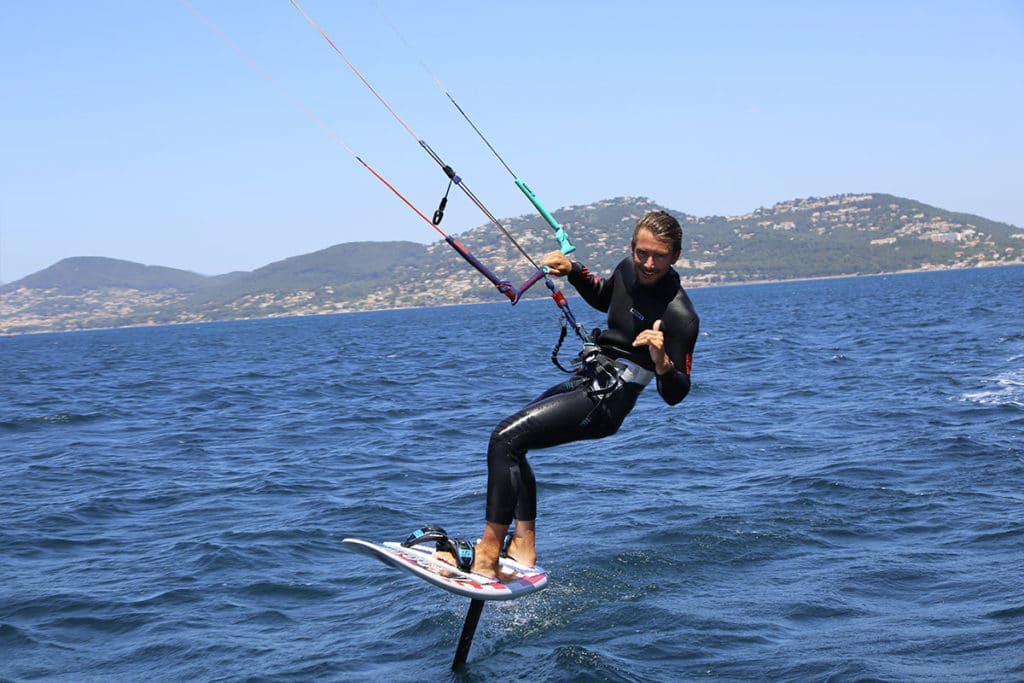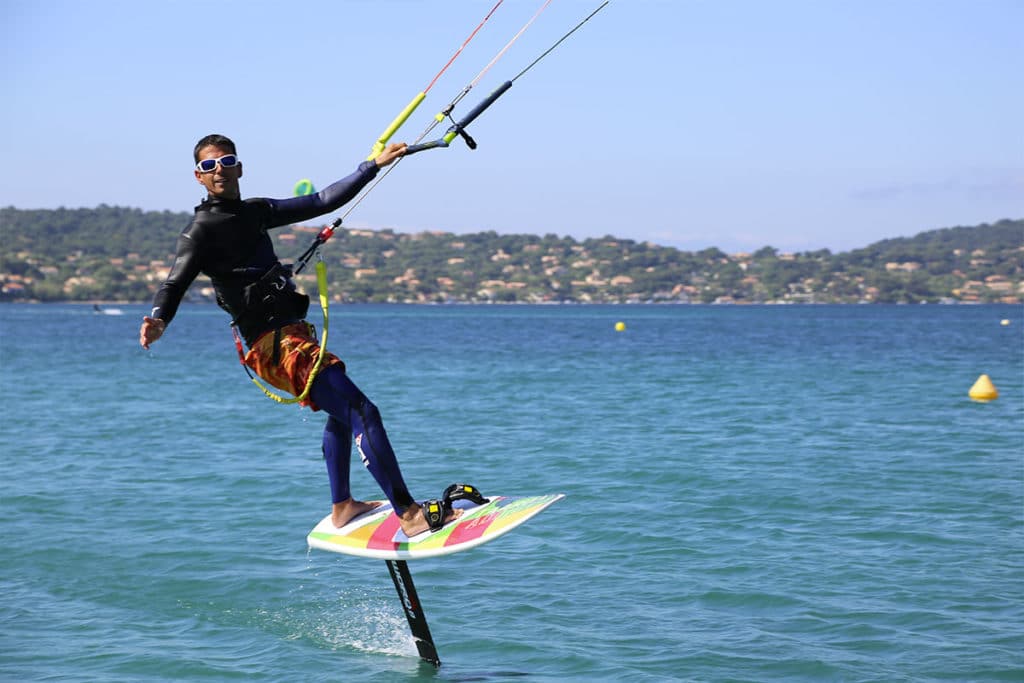How to choose your kitesurf bar?
Kitesurfing has been popular since the early 2000s and is still a popular sport. It consists of gliding over the water with the help of a board while being pulled by a special sail acting like a kite.
To practice this sport efficiently, it is important to choose the right equipment, especially the kiteboarding bar. Discover in this article the advices to not make a mistake.
What is a kitesurfing bar?
It is a kind of handle that can be chosen in different sizes and that turns a kiteboard. It is an inseparable part of the kite (sail), which allows the rider to steer, and the lines (ropes) which are attached to the bar on one side and the kite on the other.
How wide should the bar be?
The width of the bar must be adapted. There is no standard commercial width. In rough sea conditions, on a small kite with an 8 m² kite, for example, control will be much less precise if the bar is too wide. The bar will vibrate and the surfer may lose control. Also, when changing to a larger kite, the bar size must be changed, as a larger kite has a longer leading edge and needs to be bent more.
Manufacturers usually offer two to four different sizes, ranging from 38 cm to 62 cm. Duotone, for example, fits bars to every size kite they make, ranging from 4 to 17 sqm. Some of the bars are adjustable, allowing an adjustment of 5 to 10 cm. A standard bar can be considered to be between 45 and 51 cm. The feeling between size 45 and 51 is minimal, even if it changes the behaviour of the kite somewhat.
One bar or two bars? This question can also be asked. When you have two kites of very different sizes, two bars can be useful to ensure better handling. But, in general, one bar is sufficient. The choice of bar will depend on the level of the individual and the way in which the sport is practised.
How to choose a bar?
So how do you choose? First of all, you have to consider the size of the wing you want to fly, as the length of the bar will vary according to this. For wings up to 10-12 m², a small bar should be used. For larger wings, up to 17 m², a large bar is preferred. It is important to know that a larger bar requires longer lines, at least 24 m, which improves piloting in light winds, in particular.
The kitesurfing bar also goes hand in hand with the lines. The front lines have a fixed length, but some bars allow you to adjust the size of the rear lines directly from the tips by pushing or pulling, thus increasing or decreasing the power of the kite. Lines are available in 19m, 22m, 24m and 27m. The shorter the line length, the more responsive it is, but the less power it has.
Then, we will take into account the level of practice. For an average kiteboarder, it is advised to choose a 45 cm bar which will allow a smaller lever arm and thus a more stable kite. The kite will react more slowly and the surfer will be less unsettled in the jumps. Experienced kiteboarders can choose a wider bar, as they often use kites of about 15 m². For freestylers, a large bar is ideal, as it increases the speed of the kite.
Finally, a small bar diameter offers a better grip.
The safety systems should also be taken into account, as they should be able to release the glider in case of loss of control or danger.
In any case, the size of the bar is only one element to take into account when you decide to launch yourself into this discipline. You also need to adapt your kite, your lines, your board to be able to ride in all weathers and have fun by taking speed or doing some freestyle tricks. Good equipment and accessories are essential to practice this sport efficiently and safely.
Search
Catégories
Recent Posts
Suivez-nous !

